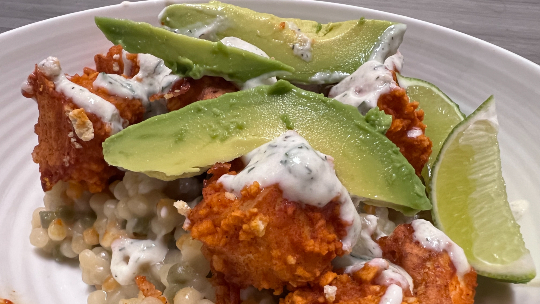My neighbor Warren is an avid recreational runner who develops leg cramps after his long weekend runs. He asked me for some tips on how to avoid leg cramps. I dedicate this article to him and his quest for endorphins -- the source of the "runner's high."
Leg cramps are painful muscle spasms that develop as a result of overusing the muscles of the legs. Muscle cramps can also occur in the feet and lower back as well. The end result is injuries to the muscle fibers and the intra-muscular build-up of lactic acid and other metabolites.
The good news is that with a little preparation, leg cramps can be prevented.
1. STAY HYDRATED
Dehydration causes concentration of the blood and increased lactic acid levels in the muscles. Adequate hydration dilutes the blood and lowers the lactic acid levels in the muscles. While sports drinks are currently in vogue for sports training, regular water is both affordable and appropriate for preventing dehydration problems. The average adult should drink eight to ten 8-ounce glasses of water a day. Drink more if you exercise, or if it's hot or humid. And remember, you don't have to be thirsty to get dehydrated. We exhale up to a pint of water in the form of water vapor each day and our water loss can be very subtle over time so it’s nearly unnoticeable.
2. EAT A BANANA
Bananas are a great source of potassium, which helps to prevent muscle cramps. Eating a banana on race day can help to prevent post-race cramping. But be careful not to eat too many. Too many bananas can cause stomach aches and diarrhea. Too many bananas can also cause irregular heartbeats due to potassium overload.
3. STRETCH
Stretching improves circulation in the muscles and helps to break up adhesions within the muscle fibers. Toe touches and wall push-offs are a great way to stretch those tight calves and hamstrings and break up the muscle adhesions. I recommend three sets of 10 twice daily, but more often if you have the time or inclination. If you have a night splint lying around from your last bout of plantar fasciitis, dust it off and start wearing it again to prevent cramping. If you practice yoga, ask your instructor to help tailor your classes to emphasize the stretching of your feet, leg, and back muscles.
 4. DRINK TONIC WATER
4. DRINK TONIC WATER
Tonic water has quinine, which is also good for preventing cramps. Drink a small bottle (4 ounces) after your run to prevent cramping. Like the caution with bananas, be careful about ingesting too much tonic water because it can cause stomach aches and diarrhea. Quinine in high doses can cause seizures and irregular heartbeats.
5. WEAR GOOD SHOES
If your shoes are worn out, they can transmit the stress of footstrike into your body in abnormal ways and force your muscles to work harder to compensate for the increased stresses. Wearing high-quality, motion-control running shoes that are in good repair (for example, no mid-sole tilting, no holes in the out-soles, etc.) can reduce impact stress and muscle fatigue/overuse injuries.
6. BUY A PAIR OF "GOOD" INSOLES
When an old house settles on its foundation, window frames warp and cracks develop in the walls. Our bodies are like houses and our feet are our "foundations." Our feet are designed to collapse (or "pronate") to absorb the shock of standing, walking, and running. If our feet are excessively pronated, we can be predisposed to developing foot and leg pains because our feet and leg muscles have to work harder to hold us upright and allow us to move forward.
The use of a high-quality insole from a running store may provide enough arch support/motion-control to prevent excessive muscle strains and the resultant cramping. If your symptoms improve but are still present despite the use of athletic insoles, consider seeing a podiatrist or a sports medicine specialist for evaluation for custom-molded foot orthotics (molded appliances which provide even more support than athletic insoles).
7. GO ON A RECOVERY RUN/WALK
Going on a light (20-30 minutes) recovery run/walk the afternoon of (or the day after) your long run encourages the movement of blood in the worn-out muscles to help flush out the excess lactic acid. Yoga, lower-extremity aerobic weightlifting (i.e., multiple, rapid repetitions performed with light weights), spinning, or swimming are other activities which could be used as alternative recovery activities after long runs.
Dr. David Y.S. Yee is a board-certified podiatrist in private practice in Honolulu. He is on the medical staff of Straub Clinic and Hospital, and his areas of practice interest include diabetic foot care, shoe fit and design, patient education, and foot orthotics therapy.




